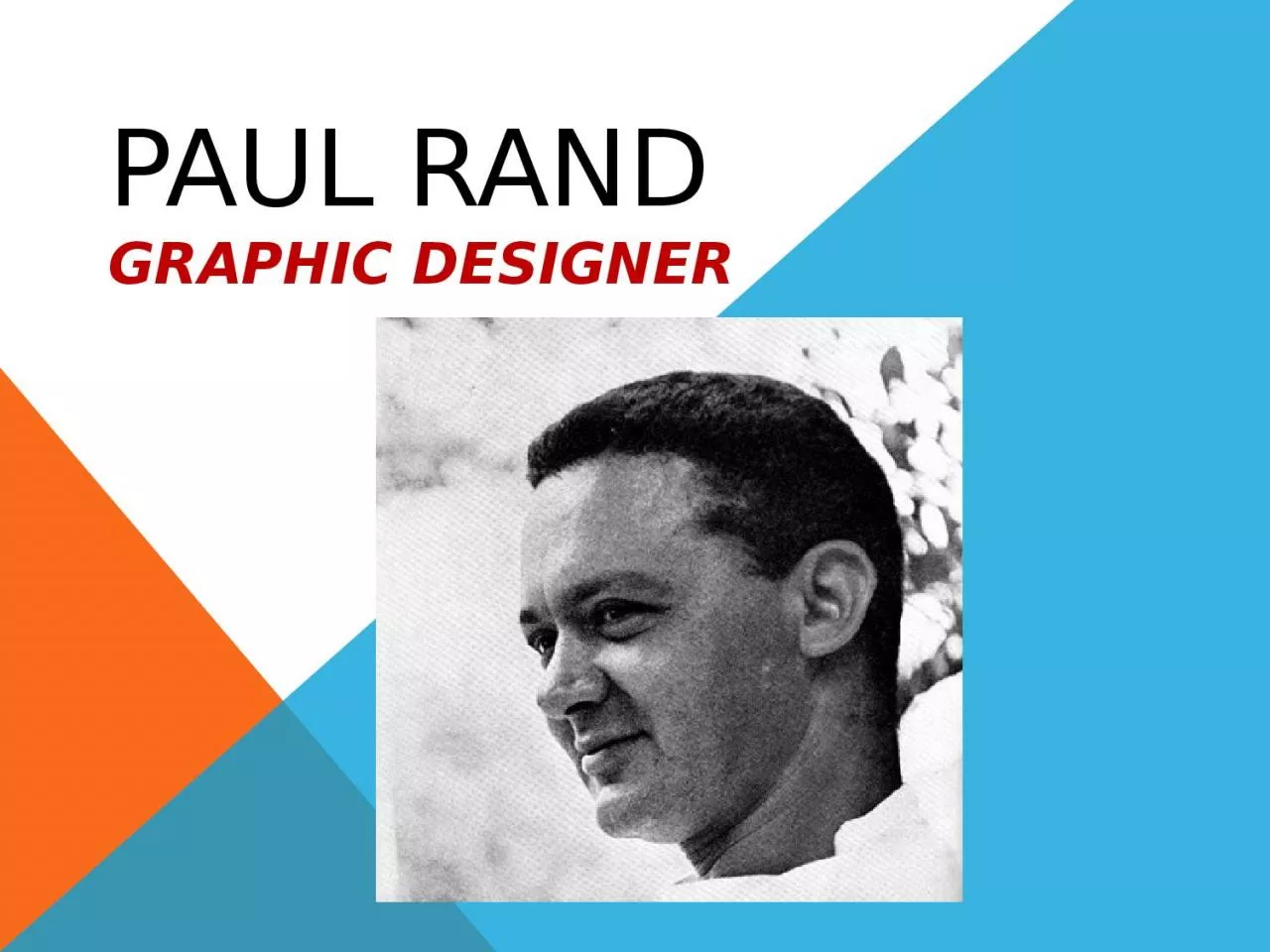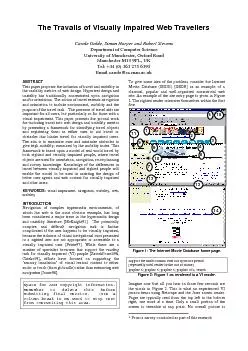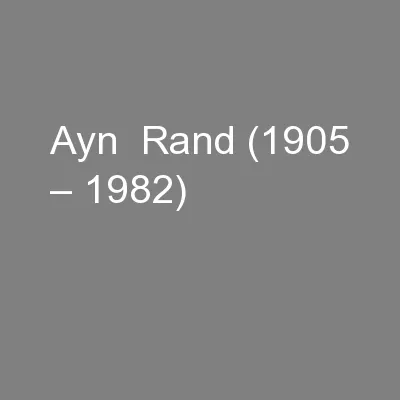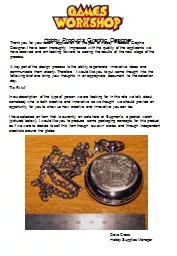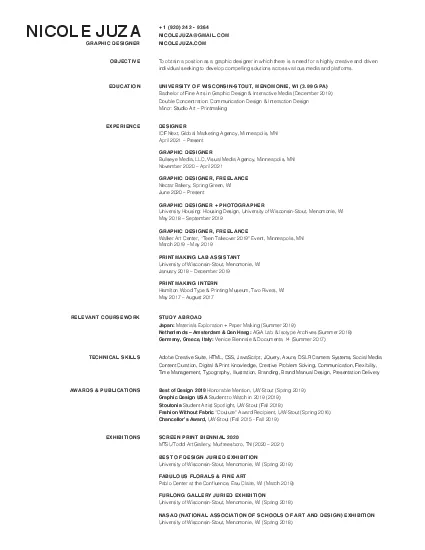PPT-Paul Rand Graphic Designer
Author : joanne | Published Date : 2023-11-07
Paul Rand Bio Paul Rand Born Peretz Rosenbaum August 15 1914 was a wellknown American graphic designer best known for his corporate logo designs Rand was educated
Presentation Embed Code
Download Presentation
Download Presentation The PPT/PDF document "Paul Rand Graphic Designer" is the property of its rightful owner. Permission is granted to download and print the materials on this website for personal, non-commercial use only, and to display it on your personal computer provided you do not modify the materials and that you retain all copyright notices contained in the materials. By downloading content from our website, you accept the terms of this agreement.
Paul Rand Graphic Designer: Transcript
Download Rules Of Document
"Paul Rand Graphic Designer"The content belongs to its owner. You may download and print it for personal use, without modification, and keep all copyright notices. By downloading, you agree to these terms.
Related Documents

